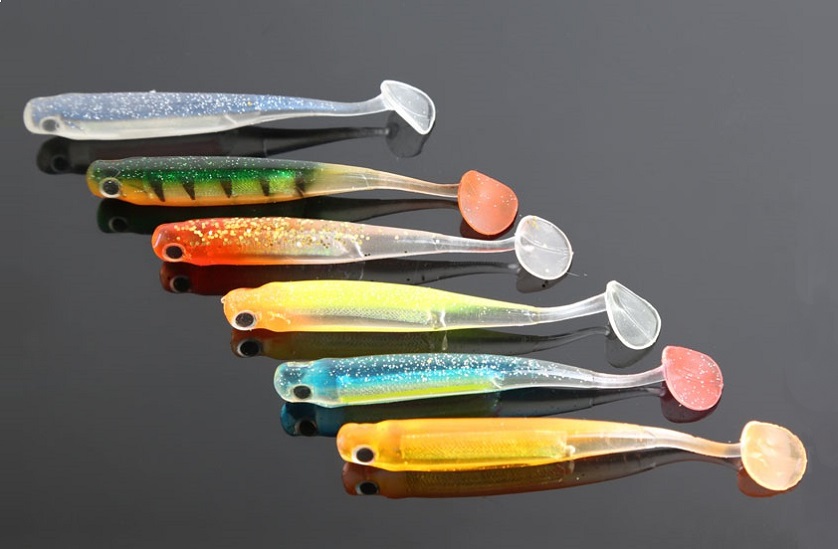So, you’ve decided to take up fishing; welcome to my world! Fishing is literally my world. I have been practising it since I was a little kid – going on fishing adventures with my father was our thing. Maybe you don’t have anyone to look up to when it comes to fishing and learning the basics of it, but luckily, today, with the internet at your disposal you can find any information you need in the blink of an eye. Be careful though, there is a lot of inaccurate information on it as well. Luckily, I, a veteran fisherman, am here to help you out with my proven method. Time to learn the basics.
Many newbie fishermen go out and buy the most expensive rod they can find, hoping that the more they spend – the better their experience will be. However, you can have the best and most expensive fishing rod there is and find a busy fish spot, but if the fish don’t bite, you’ve got a big problem. As an experienced fisherman, over the years I’ve figured that having the right bait is of utmost importance for a successful fishing trip. If you have the right bait, you can even fish with a stick and still get a couple of bucket loads. I’ve tried a lot of baits before I found my fish magnet – soft plastic creature baits. You’d think living bait materials like worms and clams are the best, but you’re wrong. Soft plastic creature baits are designed to offer the genuine appearance of a live bait and can be reused multiple times, unless you come across some really feisty fish.

The baits are quite luring by themselves, but if you want to increase the chances of catching something, you have to practice the technique of properly using them. Try to mimic natural movement with your bait and don’t cast and reel too fast as it will scare the fish away. Just hold the fishing rod at 45 degrees to the water and move it around gently. When something starts tugging, slowly start reeling it until it’s almost out of the water and then increase the speed. If even then nothing tugs on your lure, try changing spots. Fish move in large groups, so if you do everything right, the location will be the factor that determines whether you will hit the jack pot or catch nothing at all.
In the past, fishing used to be primarily a means of feeding oneself, but has now shifted to being mostly a sport. Many conservation activists frown upon fishing, but a true fisherman will know the importance of releasing the fish back to their habitat. This is why you need to know how to handle fish after catching them and how to release them in a considerate manner. The technique which never resulted in any dead fish for me was the following:
-
Use wet hands or rubber gloves when handling the fish – this will not harm the slime coat which protects it from infection
-
Hold it horizontally at all times to imitate its natural position in the water
-
Do not touch the gills and eyes of the fish
-
Don’t keep the fish out of water for too long and release its head first
-
If it shows no signs of life, try resuscitating it by placing it in water with one hand underneath its belly and with the other one holding its bottom lips.
By practising your techniques together with following these few tips, I ensure you will love fishing even more and will look forward to your next fishing adventure. Have fun!











